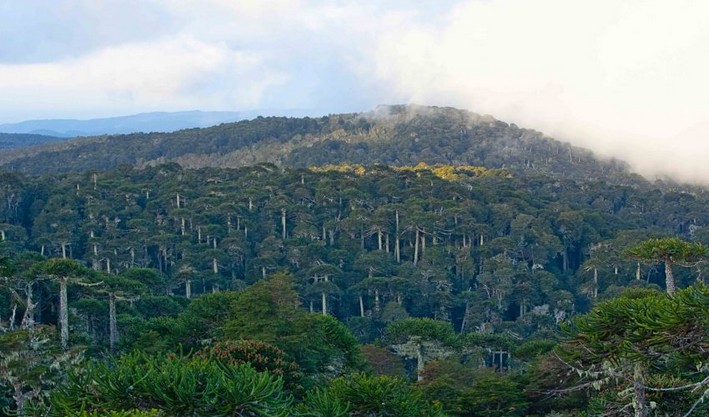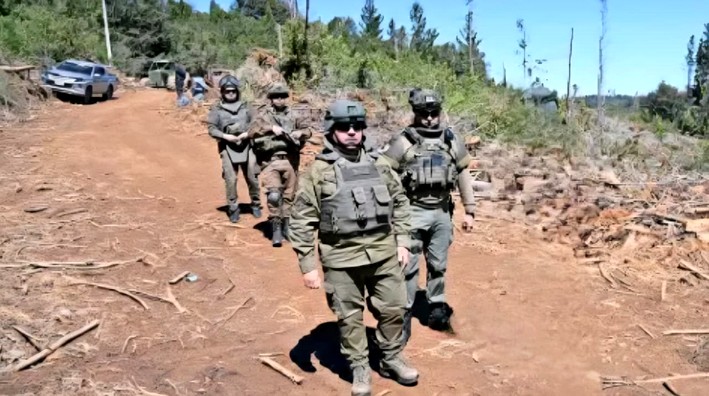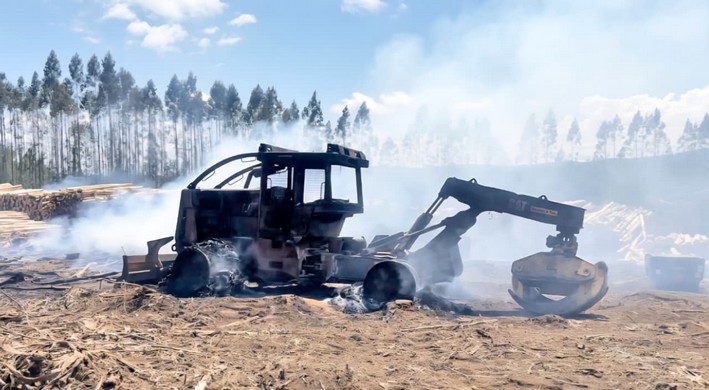Biobío: Five New Priority Sites Proposed for Ecosystem Conservation
The Ministry of the Environment (MMA) has initiated the national Citizen Participation (PAC) process for the recognition of Priority Sites for Biodiversity Conservation, an instance that will allow for the validation and updating of information accumulated over more than two decades in regional and national strategies.
These sites correspond to territories with high ecological value, whose identification guides public and private decisions related to protection, restoration, and sustainable use.
Their importance lies in ensuring the representativeness of Chile's ecosystems, protecting environmental services such as water provision, carbon capture, and climate resilience, in addition to sustaining local nature-related activities, such as artisanal fishing and tourism.
According to the 8th transitory article of Law No. 21,600, which creates the Biodiversity and Protected Areas Service (SBAP), sites previously recognized by the Biodiversity Strategies will maintain legal validity until a supreme decree, to be issued within a period of two years from the publication of the law, officially defines the spaces that will fall under this framework.
A National Overview
Between 2023 and 2024, the Ministry standardized existing information from all regions of the country, consolidating 355 sites. After deducting those that have already been transformed into protected areas, a universe of 350 sites subject to review was obtained.
Based on technical criteria—such as protection gaps, ecological representativeness, and territorial distribution—99 were selected to be prioritized in this stage.
This process is part of Chile's international commitments, such as the 30x30 Target of the Kunming-Montreal Global Biodiversity Framework, which aims to conserve at least 30% of terrestrial and marine ecosystems by 2030. The prioritization pays special attention to underprotected formations, such as the forests of the central zone.
The Ministry emphasized that the PAC does not create new sites, but rather updates and validates those already identified in previous instruments. The incorporation of new spaces will occur later through the permanent ecological planning established by the SBAP Law.
"With this proposal, Chile has the opportunity to intensify its efforts in key ecosystems and strengthen territorial resilience in the face of the climate crisis," commented the Minister of the branch, Maisa Rojas.
"Furthermore, the Secretary of State assures that this public consultation aims to 'close the ecological representativeness gaps that exist in our country. Today only six ecosystems exceed 30% protection, but with the 99 pre-selected sites, that number could double, strengthening the national conservation system, correcting historical inequalities, and bringing the country closer to the 30x30 Target'," the Ministry of the Environment announced.
Priority Sites in Biobío
The Biobío Region initially had three sites recognized by the former National Environment Commission (Conama): the Marine Area of Isla Mocha, Quebrada Caramávida, and the Rocuant-Andalién-Vasco da Gama-Paicaví-Tucapel complex.
With the update, five new spaces are proposed, notable for their ecological diversity and their contributions to the protection of species and ecosystem services:
One of them is the ADI Alto Biobío (SP2-057): with over 202 thousand hectares, it hosts Valdivian temperate forests and species such as the olivillo (Nothofagus glauca) and the hualo (Nothofagus obliqua).
There is also Fundo Villucura (SP2-064): part of the Biobío river basin, it concentrates deciduous and Andean-Patagonian forests, habitat for vulnerable species of flora and fauna.
Also on the list is the Nahuelbuta Conservation Landscape (SP2-283): the northern limit of the Valdivian forest, with unique plant associations such as Lapagerio-Aextoxiconetum punctatii and 25 woody species from 19 families.
The Queule del Estero Bellavista (SP2-279): a refuge for native flora such as canelo (Drimys winteri) and luma (Luma apiculata), in addition to fauna such as Darwin's frog (Rhinoderma darwinii) and the kingfisher.
And lastly is the Metropolitan Concepción Wetland and Lagoon System (SP2-059): a mosaic of urban water bodies that provide ecosystem services, host migratory and endemic species, and play a key role in water and climate regulation.
These spaces are in addition to the already existing sites, which will maintain all their legal effects in the Environmental Impact Assessment System.
A Dynamic Process
The SBAP Law contemplates the possibility of adjusting and recognizing new priority sites until 2028, based on technical and territorial background information.
The process includes regional workshops and a digital platform for communities, local governments, academia, and productive sectors to submit comments.
Each contribution will be recorded in a public response and traceability system, which will allow tracking how the proposals influence the final decision.
Once the consultation is concluded, the MMA will systematize the background information, prepare a definitive proposal, and present it to the Council of Ministers for Sustainability and Climate Change. The closure will be carried out by supreme decree, with the aim of consolidating a clearer, more coherent, and articulated national conservation system.
"The process will be developed in an open, digital manner and with technical support. It will be available on the MMA website, where sites can be reviewed, fact sheets and maps accessed, and substantiated comments sent. Furthermore, an informative webinar will be held next week for all those who wish to participate. All comments will be systematized and responded to, guaranteeing traceability and transparency in decision-making," the MMA reported.
Furthermore, this stage "will run for 30 consecutive days from its opening. Once the process is finished, the Ministry of the Environment will analyze the contributions and adjust the proposal as appropriate."
Source:Diario Concepción

















